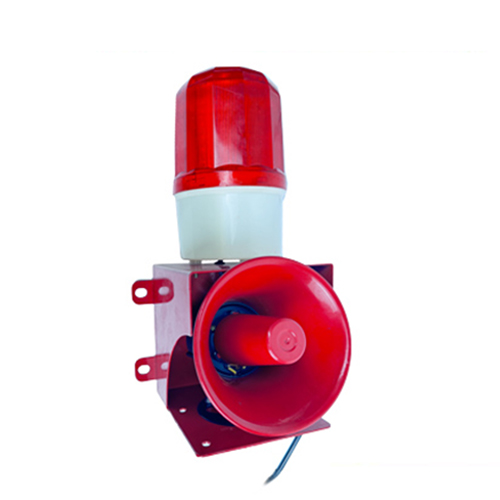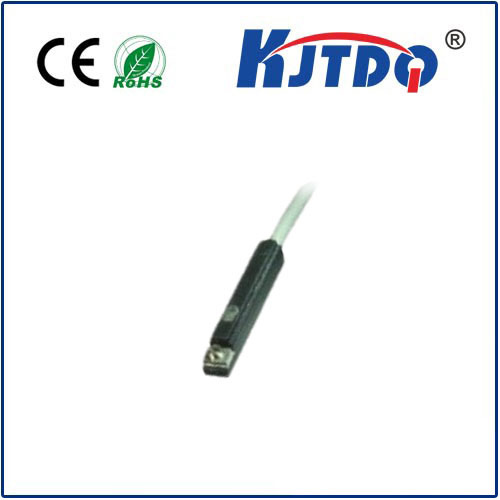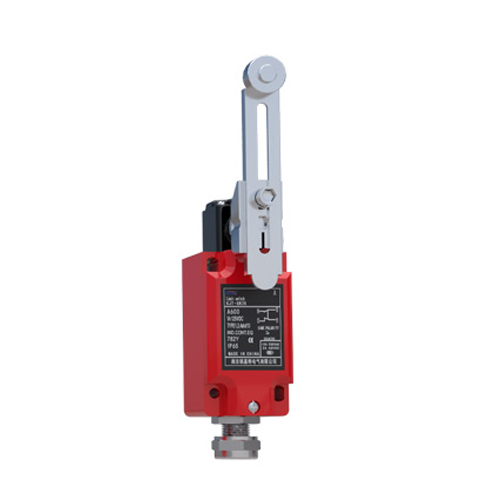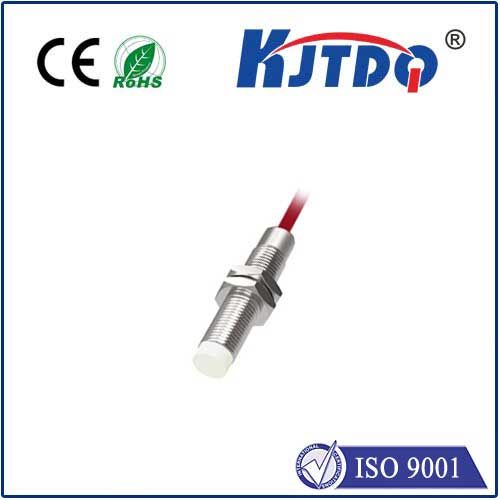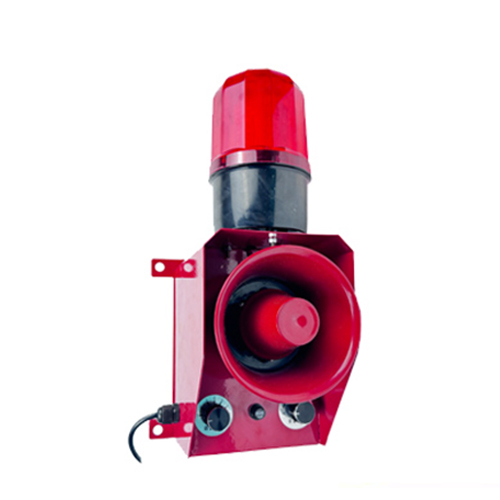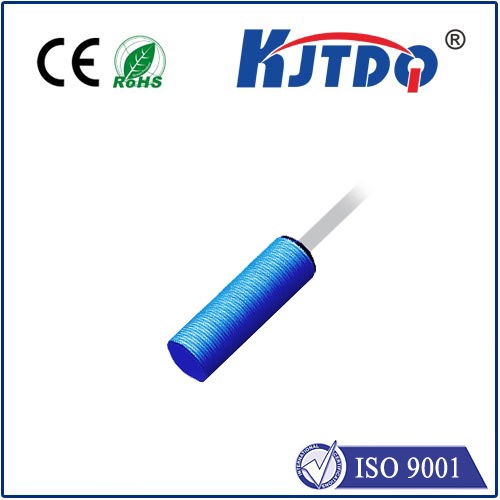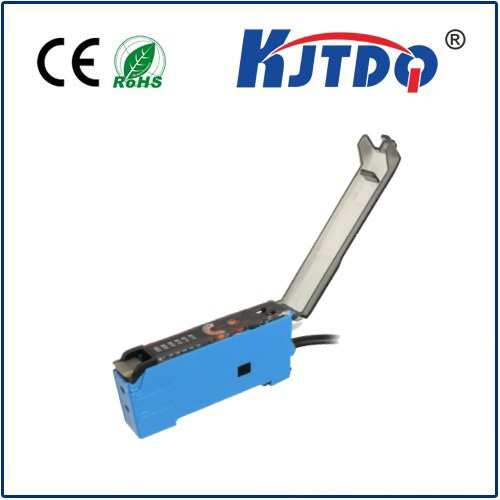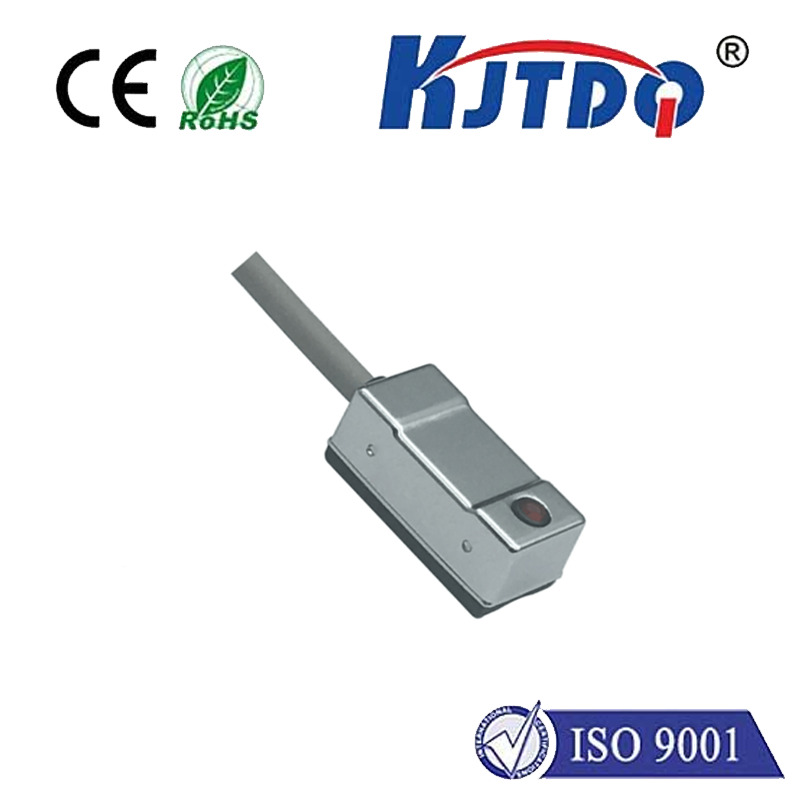

check

check

check

check

check

check

check

check

check

check
The Unsung Sentinel: How the Limit Switch Arm Safeguards Automation
In the intricate ballet of modern automation, amidst whirring motors, complex controllers, and sophisticated software, a seemingly simple component plays a pivotal, often overlooked role: the limit switch arm. This unassuming mechanical element acts as the crucial intermediary, the physical bridge between the machine’s movement and the electrical signal that dictates its boundaries. Understanding its function, design variations, and importance is key to appreciating the reliability and safety built into countless systems, from your garage door opener to advanced manufacturing robots.
Beyond the Switch: The Arm’s Essential Duty
At its core, a limit switch is an electromechanical device designed to detect the presence or absence of an object or to define the limits of travel for a moving part. It typically operates by changing its electrical state (open to closed circuit, or vice versa) when its actuator is physically moved. This is precisely where the limit switch arm comes into play.
The arm serves as the actuator lever extending from the switch body. It’s the part specifically engineered to make contact with the target object – be it a moving machine carriage, a robotic arm reaching its endpoint, a door panel, or a workpiece on a conveyor. When the target presses against the arm, it triggers the switch mechanism inside, sending a definitive signal to the control system: “Motion has reached this defined point.”

This signal is fundamental:
Form Follows Function: A World of Arm Designs
Not all limit switch arms are created equal. Their design is meticulously tailored to the specific demands of the application:
The material chosen is also critical. Arms must withstand repeated impacts, environmental factors (moisture, chemicals, extreme temperatures), and resist deformation or fatigue over millions of cycles. Common materials include hardened steel, stainless steel for corrosive environments, and durable engineered plastics.
The Impact: Why the Right Arm Matters
Choosing the correct limit switch arm design and ensuring its proper installation and maintenance is not a trivial matter; it has direct consequences for system performance, safety, and cost.
Installation and Maintenance: Ensuring Peak Performance
Even the best limit switch arm requires proper setup and care:
Conclusion (Anticipating the End)
While a limit switch arm may appear to be just a simple piece of bent metal or plastic, it embodies critical engineering intent focused on reliability, safety, and precision. Its design directly influences how effectively the switch performs its vital function of translating physical position into an unambiguous electrical command. From safeguarding personnel around industrial machinery to ensuring your microwave door stops turning when opened, the humble limit switch arm quietly, yet decisively, shapes the boundaries of mechanical motion. Understanding its function and ensuring its correct selection and maintenance is fundamental to building and operating robust, safe, and efficient automated systems. Its role as the dependable physical sensor interface remains irreplaceable.
